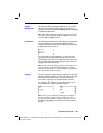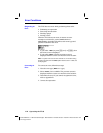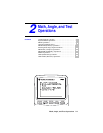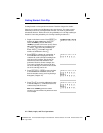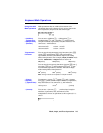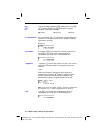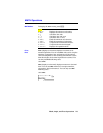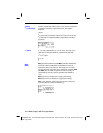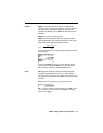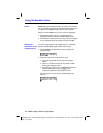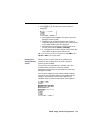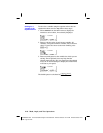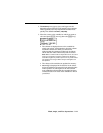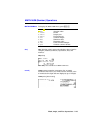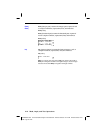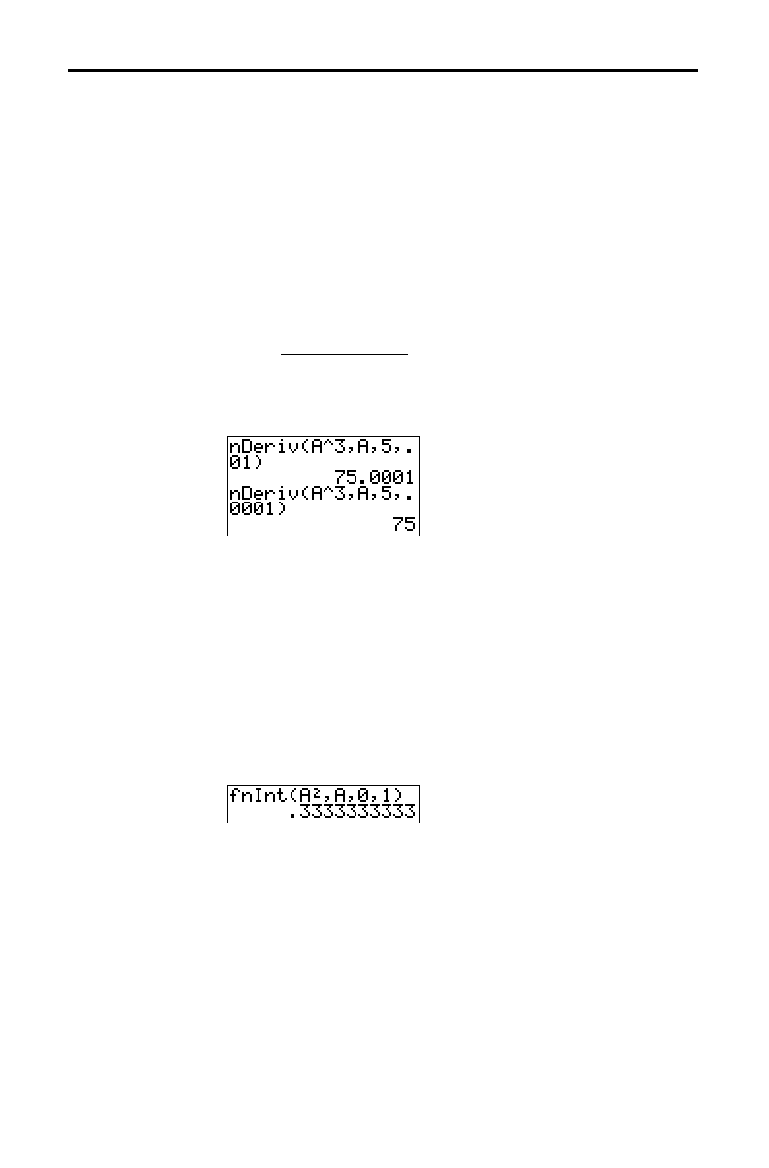
Math, Angle, and Test Operations 2-7
nDeriv( (numerical derivative) returns an approximate
derivative of
expression
with respect to
variable
, given the
value
at which to calculate the derivative and
H
(if not
specified, the default is 1
â
L
3). nDeriv( is valid only for real
numbers.
nDeriv(
expression
,
variable
,
value
[
,
H
]
)
nDeriv( uses the symmetric difference quotient method,
which approximates the numerical derivative value as the
slope of the secant line through these points.
f
(
x
+
H
)
N
f(
x
NH
)
f
¢
(
x
) =
2
H
As
H
becomes smaller, the approximation usually becomes
more accurate.
You can use nDeriv( once in
expression
. Because of the
method used to calculate
nDeriv(, the TI
-
83 can return a
false derivative value at a nondifferentiable point.
fnInt( (function integral) returns the numerical integral
(Gauss-Kronrod method) of
expression
with respect to
variable
, given
lower
limit,
upper
limit, and a
tolerance
(if
not specified, the default is 1
â
L
5). fnInt( is valid only for real
numbers.
fnInt(
expression
,
variable
,
lower
,
upper
[
,
tolerance
]
)
Tip:
To speed the drawing of integration graphs (when
fnInt(
is used
in a Y= equation), increase the value of the
Xres
window variable
before you press
s
.
nDeriv(
fnInt(



